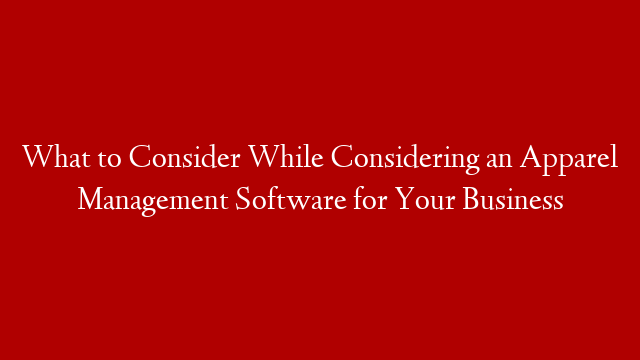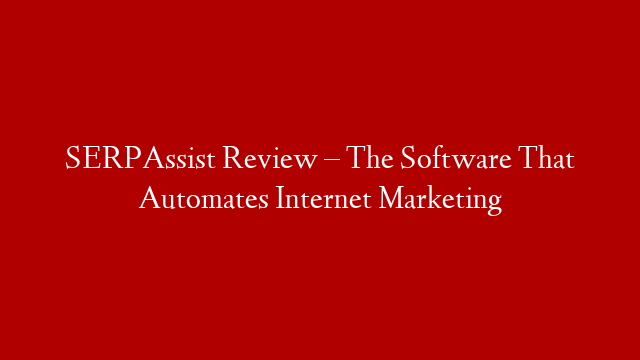An Enterprise Resource Planning system is a tool that gives businesses the freedom to automate processes and manage all functions from one point via an integrated application. The management solution utilised explicitly by the apparel industry is called Apparel ERP software. It is designed (or customised) for:
- Wholesalers
- Retailers
- Manufacturers
It can be implemented in fashion, apparel or consumer lifestyle sector. Some of the applications that an apparel software can incorporate are:
- Sourcing of material
- Manufacturing of clothing
- Supply chain and logistics
- Product design and its development
Factors that influence the Selection of an Apparel Management Software
The current and future goals matter when choosing the right ERP for an apparel company. Here are the 5 criteria that need to be factored in the decision:
- Analyse the cost and the investment
For most businesses, the cost of an ERP is the most substantial factor. While it is a significant consideration, one needs to comprehend the return on the strategic investment. Habitually, the long-term ROI offsets the purchase and implementation expense. When comparing software, bear in mind:
- A more economical solution might have more mediocre functionality, or it may offer less support and installation issues. Most often, the benefits accrued are in direct correlation to the price paid.
- Dive deep into the capabilities of the ERP and not just the price point. Search for its functionalities, modules and integration abilities
In general, an apparel software that fits the requirements of business while offering the flexibility to scale will cost a bit higher, but it will make the company thrive. For example, a cloud-based ERP is heavier on the pocket but more reliable and profitable investment.
- Be aware of business needs
An ERP for an apparel business has to be custom-made to fit the unique needs. The specifications vary from shop to shop and business to business. While some may require just one application, others might need the implementation of more modules. Knowing the precise pre-requisites of the company is essential. A few criteria to ponder over while considering conditions are:
- Will the software be utilised to streamline operations?
- Is it needed to improve efficiencies in financial data such as accounting?
- Is the necessity primarily for inventory, logistics, and order?
- Will it help in production, design and project planning?
- Is there a need for it to better customer services and therefore experience?
The answer to these questions will aid in deciding which modules of the management software need to be installed. Thus, they assist in shortlisting solutions further.
- Think about every user of the software
Once implemented a large number of workers employ the apparel enterprise system. While some will be end users, others will handle configuration, upgrades, and integrations. It makes it necessary to consider every stakeholder and user while deciding which ERP to buy.
A simple technique is to create a team with a representative of every department or function in the business. Involve this team in the selection process and take their feedback. Usually, they will tender valuable insights that connect to everyday tasks which might not register to a higher executive.
- Is the solution scalable
For mid-sized businesses or apparel firms new to ERP, the initial decision is to implement a solution with only a few modules. The choice is made to reduce the overall cost while still improving business functions. But as a business grows and makes more profit, their operations become more complex. Thus, at some point, a need may arise for more comprehensive management software that offers automation of more processes.
Even the reverse is possible. If due to some unforeseen reason, the apparel business needs to scale down their operation fewer modules might be required from the software. In a gist, a scalable solution allows your software to grow or shrink as per the needs of the organisation. Ergo, it makes sense to opt for a system that has the ability to scale rather than one which doesn’t.
- Choose a business partner, not a vendor
One last consideration while shopping for an apparel management software is to look for a vendor who becomes a genuine business partner. The qualities that should be in a vendor are:
- Do they provide support post-sale?
- What are the values of the vendor along with their vision, i.e., do they bring to the table benefits other than the solution?
- Do they just sell the software or also assist in implementation and deployment?
- Do they offer support when glitches or problems happen in the software?
- Do they have the expertise in your business, sector or industry?
A suitable method of selection is to conduct online research and read reviews of the vendor. Look for their current or previous clients and ask for feedback.



